There is more to DnD 5E combat than just weaving magic or punching people in the face. Knowing what actions you can take in a fight is the difference between life and death, and many of the actions available to players are very rarely used.
In a combat encounter of DnD 5E, there are three parts of a turn: the bonus action, the move, and the action. Making good use of your normal action each and every turn is a critical part of ensuring you handle fights well. Most of the time, that means attacking or casting a spell.
But, some occasions require you to reach farther into your tool belt. Let’s chat about those tools.
What actions can you take in 5E?—explained
There are 14 actions that 5E lets any character take during a combat scenario, alongside seven other variant actions from Dungeon Master’s Guide and Xanathar’s Guide to Everything. These actions are only locked to combat since you can theoretically move “infinitely” during exploration and take whatever actions you need to outside of combat.
We will not refer to class-based actions, such as Channel Divinity for the Paladin, for this guide.
Attack
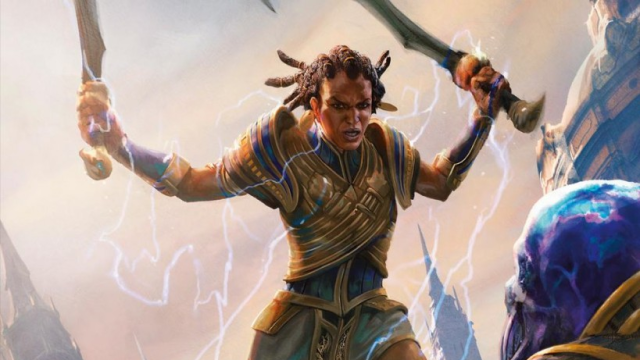
You swing or fire a weapon at a target within the weapon’s reach. For melee weapons, that’s your melee attack range—or farther, with weapons that have the Reach property—and ranged weapons list their normal and far range after their Ammunition or Range properties. You can target objects, creatures, or squares with attacks.
Normally, you only can make one weapon attack per round. Classes with the Extra Attack feature can add additional weapon attacks.
In addition, there are a few other options that can replace an attack.
Grapple
You grab someone, replacing a weapon swing. With a free hand, you can roll an Athletics check against your target’s Athletics or Acrobatics check, their choice. If you succeed, you give them the grappled condition, which prevents movement. You can let go whenever you like and when you move, the target moves, though your speed is halved during that movement.
Escaping a grapple also takes an action. You roll Athletics or Acrobatics against the target’s Athletics check.
Shove
You knock someone off balance. As part of the Attack action, you roll Athletics against a target’s Athletics or Acrobatics, instead of swinging a weapon. The target can’t be more than one size category larger than you. On a success, you push the target five feet away or knock them prone.
Shove Aside
Using the Shove Aside optional rule, you can instead move a target by five feet to another space within reach when you Shove. The attacker takes disadvantage on the Athletics check to do so.
Cast a Spell
You cast a spell by spending a spell slot—or a cantrip without spending one—that has a cast time of one action. If it has a duration of one action, the effect applies immediately.
Some spells have a duration of instantaneous, in which case the spell applies and disappears within the same action unless it has a longer-lasting effect like Otiluke’s Freezing Sphere. Other spells have a longer duration, such as Bless, in which case it applies and stays for as long as the spell lasts.
Climb onto a bigger creature (Optional)
You can get on someone’s back. By taking the grapple action, you can jump onto someone else’s back, though this normally requires a magical buff for targets of Huge or Gargantuan size.
If a creature’s back has the right terrain features, you can make an Athletics or Acrobatics check, versus the target’s Acrobatics to stay aboard a creature’s back. While climbing a creature, you treat their spaces as difficult terrain. Depending on where you are on the creature, the larger creature might not be able to attack you or target you effectively with spells—that is the DM’s discretion.
Dash
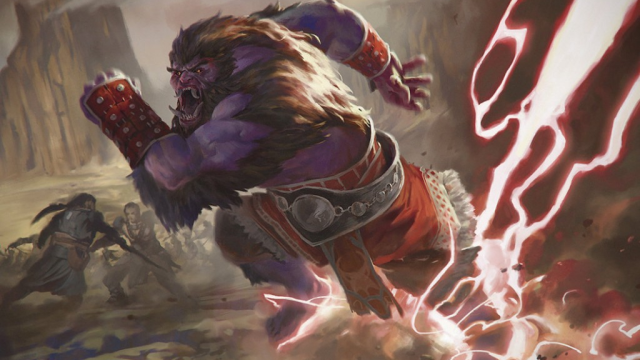
You double all of your speeds. For example, if you have a walking speed of 30 and a fly speed of 60, Dash improves your walk to 60 and fly to 120.
You can Dash at any time during your move, just like you can take any action during a move. So, in the above example, you can fly 45 feet, Dash, and then fly another 75.
Disarm (Optional)
You can use a weapon attack to knock something out of someone’s hands. You make an attack roll with any weapon versus the target’s Athletics or Acrobatics check. The attacker deals no damage, instead knocking the item out of the target’s grip.
Size matters a lot here. If you’re larger than your victim, the victim takes disadvantage on the check. If you’re smaller, it gets advantage. In addition, if your target has at least two hands on the item or weapon, you get disadvantage on your attack roll.
Depending on your DM, this may replace one attack roll during an Attack action or take an action by itself.
Disengage
You safely leave a creature’s threatened space. Unless otherwise specified, a creature cannot make an opportunity attack on you if you Disengage.
Dodge
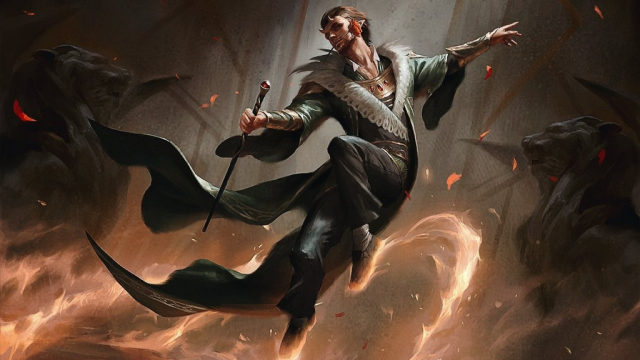
You begin to dive and weave. Attack rolls against you have disadvantage, as long as you can see your attacker, and Dexterity saving throws have advantage. If you can’t move, either due to incapacitation or dropping to zero speed, you cannot Dodge, and any Dodge turns off.
Don or Doff a Shield
Any shield can be taken off or put on as an action. Armor takes much longer, with even Light Armor taking a minute to take off or put on.
Help
You can aid someone else. Your target gains advantage on the next ability check it makes that corresponds to how you’re helping it. You can also aid attack rolls against targets within five feet of you, granting advantage to a specific ally’s next attack.
The Help action targets a specific creature. If you are aiding an ability check, your type of help must be to a specific ability check or group of ability checks. For example, if you want to aid a creature’s Athletics check, you might help by spotting the creature while it tries to lift something.
By default, Helping an attack requires you to be adjacent to the victim, but not adjacent to the ally you plan on aiding. So, a Rogue can aid an attack roll against a Bulette for their archer ally.
Hide
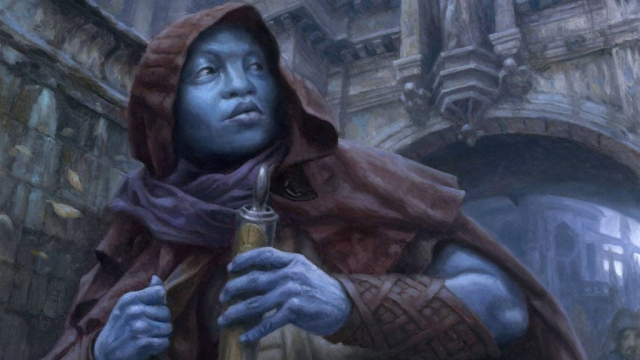
You duck into hiding. To do so, you must be unobserved due to concealment or otherwise, and stealth does not necessarily stop noises. Once you’ve met those conditions, you normally roll a Stealth check versus passive or active Perception checks.
The DM is the final arbiter on whether you can hide. However, becoming invisible is a guaranteed way to let you Hide.
You also can rarely come out of cover to attack someone while hiding, since people in a fight are constantly looking for danger. However, if the person who would see you is engaged in a melee fight with a Barbarian, you might be able to sneak up on them. They take a lot of attention, after all.
Identify a spell (Optional)
As an action, you can roll an Arcana check to identify the effects of a spell. For example, if you see a petrified monster, you can spend an action and roll Arcana to identify Flesh to Stone. A spellcaster gets advantage if the spell is being cast by a spellcaster with their class.
This is only an action if the spell has already been cast. If the spell is being cast, then it is a reaction.
Overrun (Optional)
You try to muscle through a creature’s squares. As an action or a bonus action, you roll Athletics against the other creature’s Athletics. You have advantage if you’re larger than the target and disadvantage if you’re smaller. You get to move through the target’s squares on a success.
Because you are muscling through their squares, you actually don’t treat their squares as difficult terrain. Run them right over.
Ready
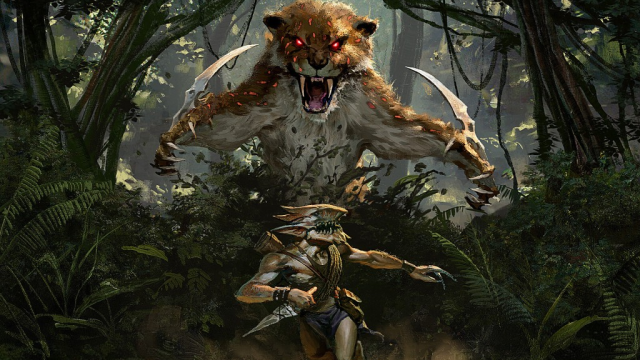
You prepare to take action later. First, set a trigger. This will be what activates your action, and can be as broad as “When the door opens” or as narrow as “When the Wizard casts Magic Missile.” Then, set the action that the trigger will activate. These must be an action that you can take or can be a movement that uses your standard speed.
The action itself does nothing except set up a new reaction. You can take this reaction at any time before the start of the next turn.
You can ready spells by expending the spell slot with this action and using your concentration to ready it for your trigger. That means you cannot concentrate on a spell and be ready to cast a spell at the same time.
Search
You dedicate time to finding something. You roll a Perception or Investigation check, based on how you’re searching. For example, if you’re reading through scrolls, you use Investigation. But, if you want to find an invisible person, you’d use Perception.
Tumble (Optional)
You move quickly through an attacker’s space by ducking or weaving. To do so, roll Acrobatics against the target’s Acrobatics check. On a success, you can move through the victim’s space that turn. Like Overrun, this movement is not slowed in any way.
Use an Object

If an object requires activation or more interactivity than just taking it out, you take the Use an Object action. This means drinking a potion, throwing caltrops on the ground, or activating most magic objects that allow you to do things like cast a spell.
It also means interacting with objects in the environment, such as pulling heavy levers or shoving a large statue. Your DM is, as usual, the final arbiter on how much effort you need to use to interact with something.
Waking Someone (Optional)
A creature who is asleep can be woken up by taking an action to shake or slap the creature awake.
While most creatures wake up when taking damage or when a loud noise occurs, magical sleep can keep a creature unconscious. In addition, without a high passive Perception score, whispers or conversations might be ignored by a sleeping person, whether magical or not. So, this action gives a guaranteed way to wake up a person induced to sleep, as long as the sleep doesn’t specify otherwise.
Improvisation
You can improvise a lot of actions in 5E. Tell your DM what course of action you’re interested in and see if it’s allowed. Your DM will likely ask you to perform one or more skill checks if the action is complicated, though not all improvised actions require checks.
Something like jumping off of a balcony onto a chandelier or calling for the surrender of an enemy through Intimidation. is not outlined in the Player’s Handbook or Dungeon Master’s Guide. However, as long as an action can realistically fit within three or four seconds, your DM will probably let you do it.


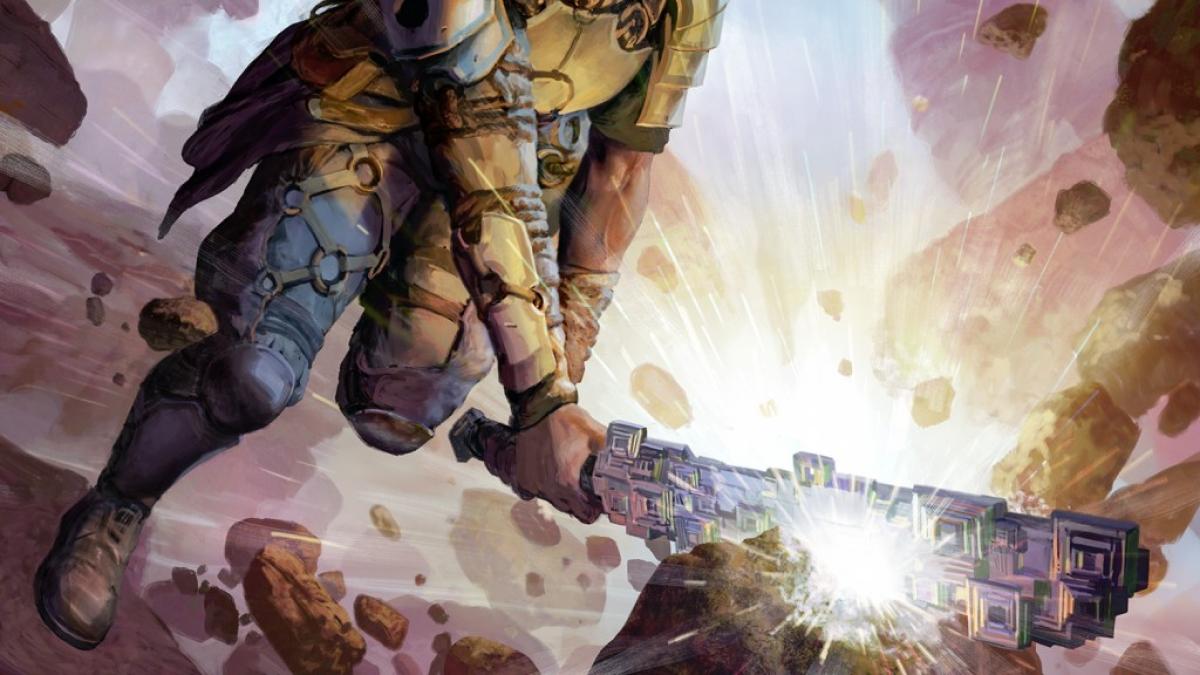
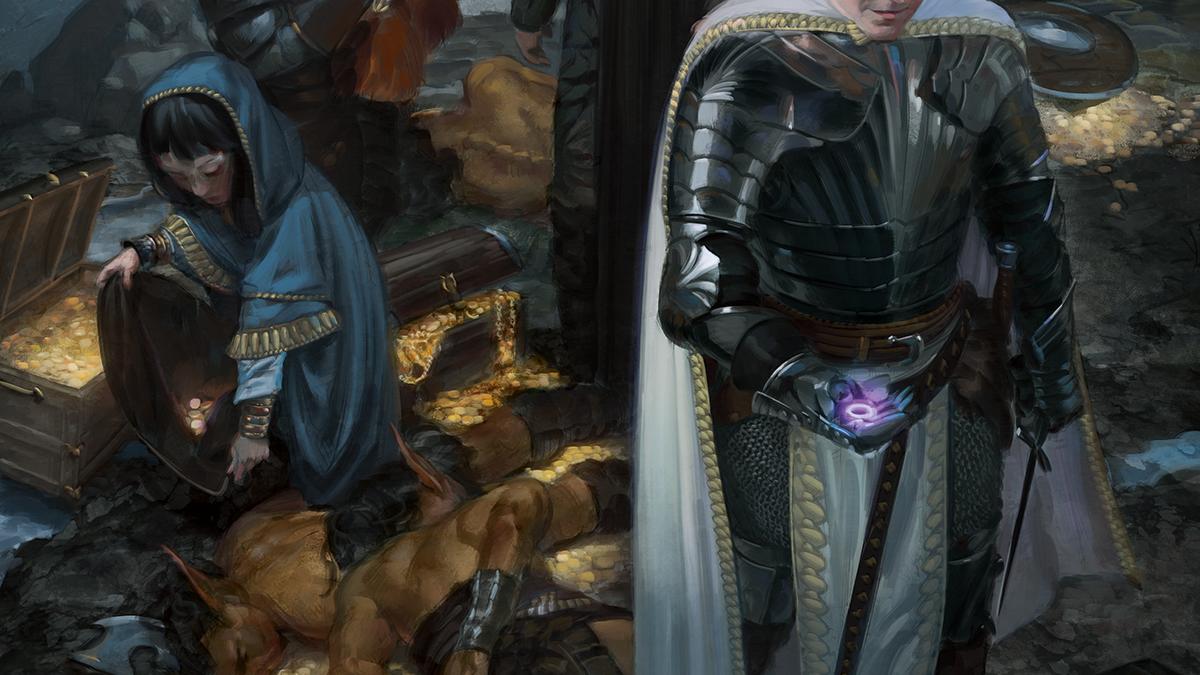

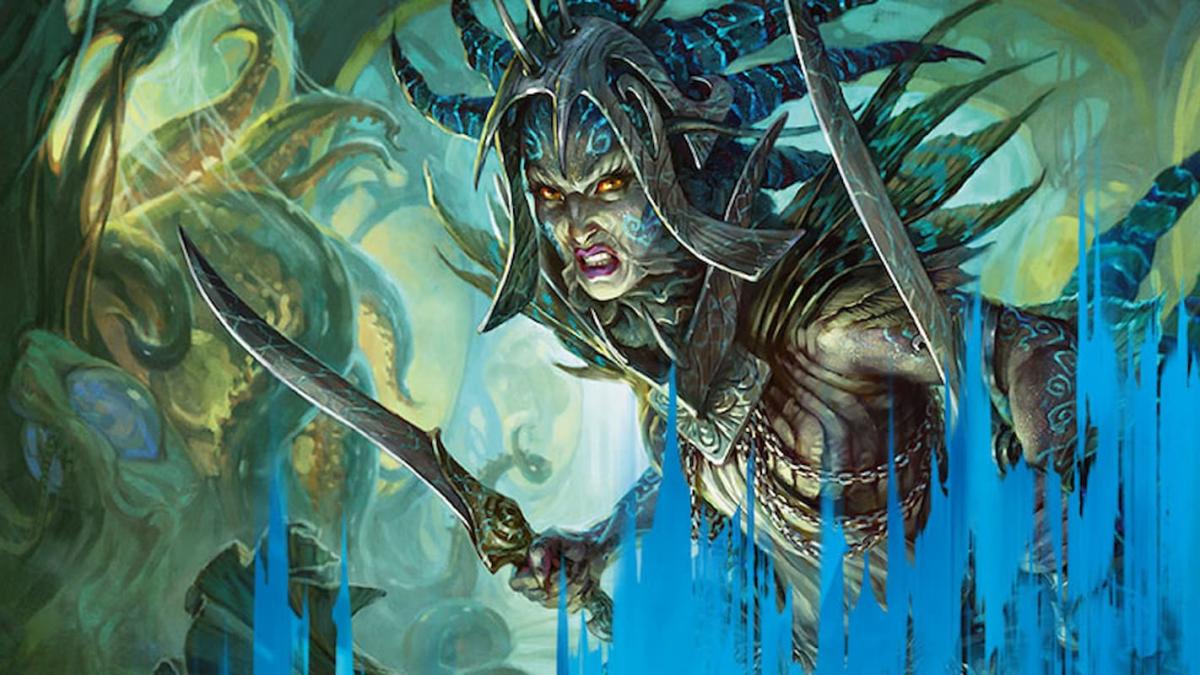
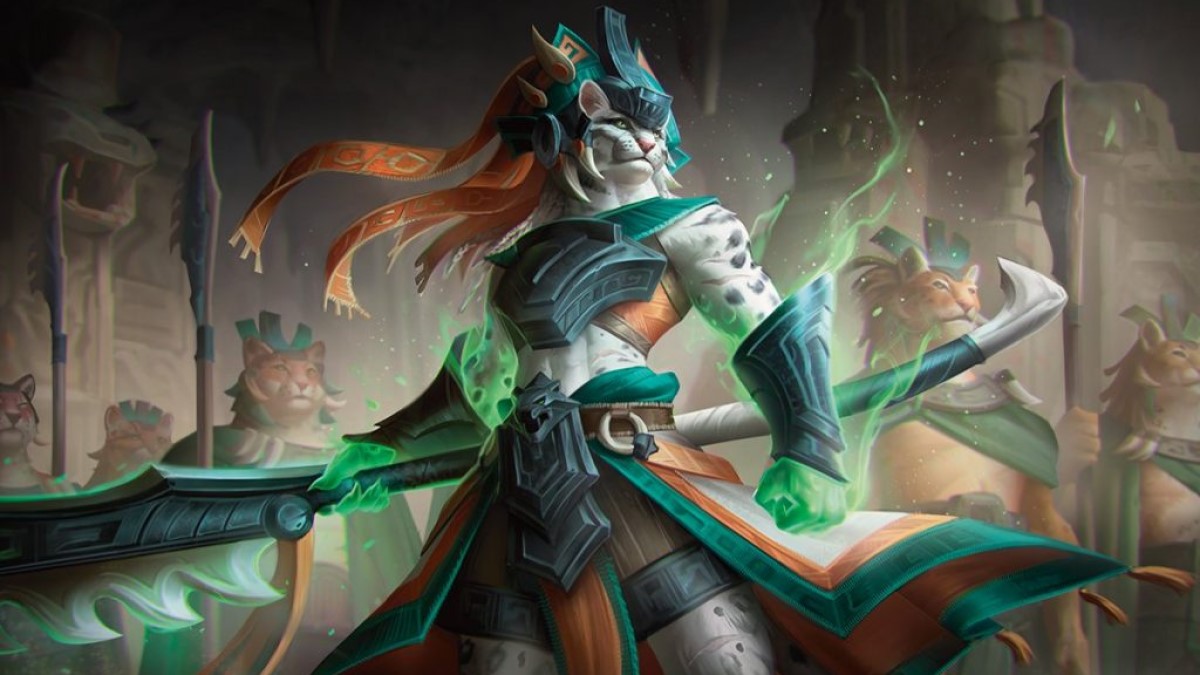
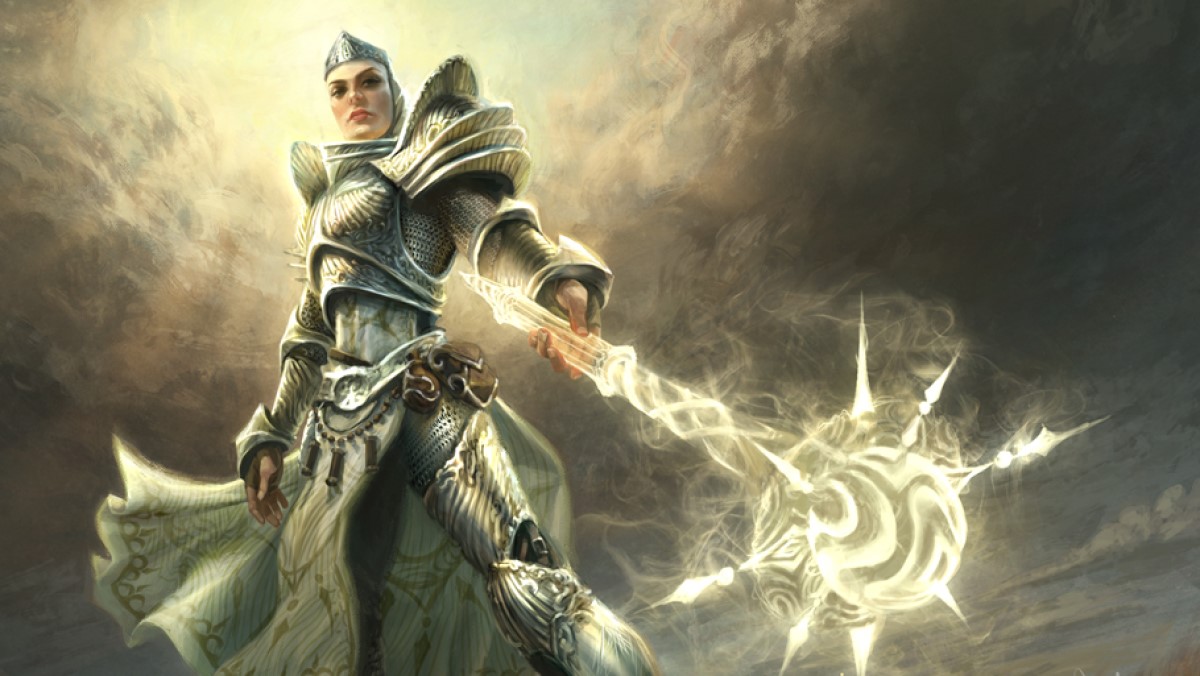



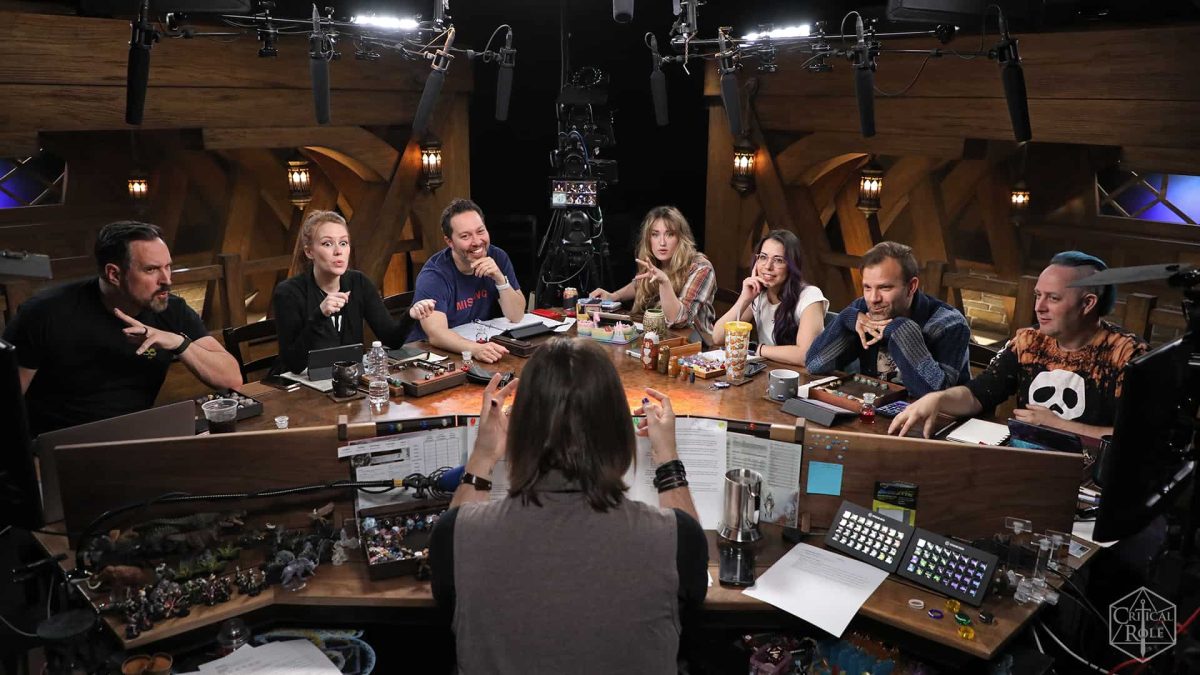
Published: Nov 7, 2023 11:19 pm